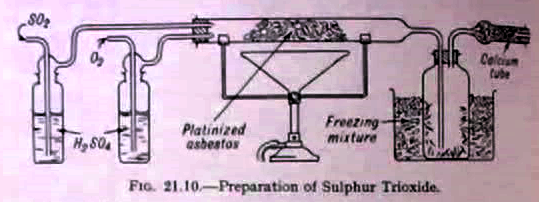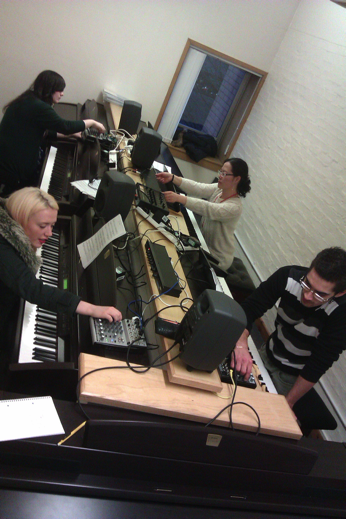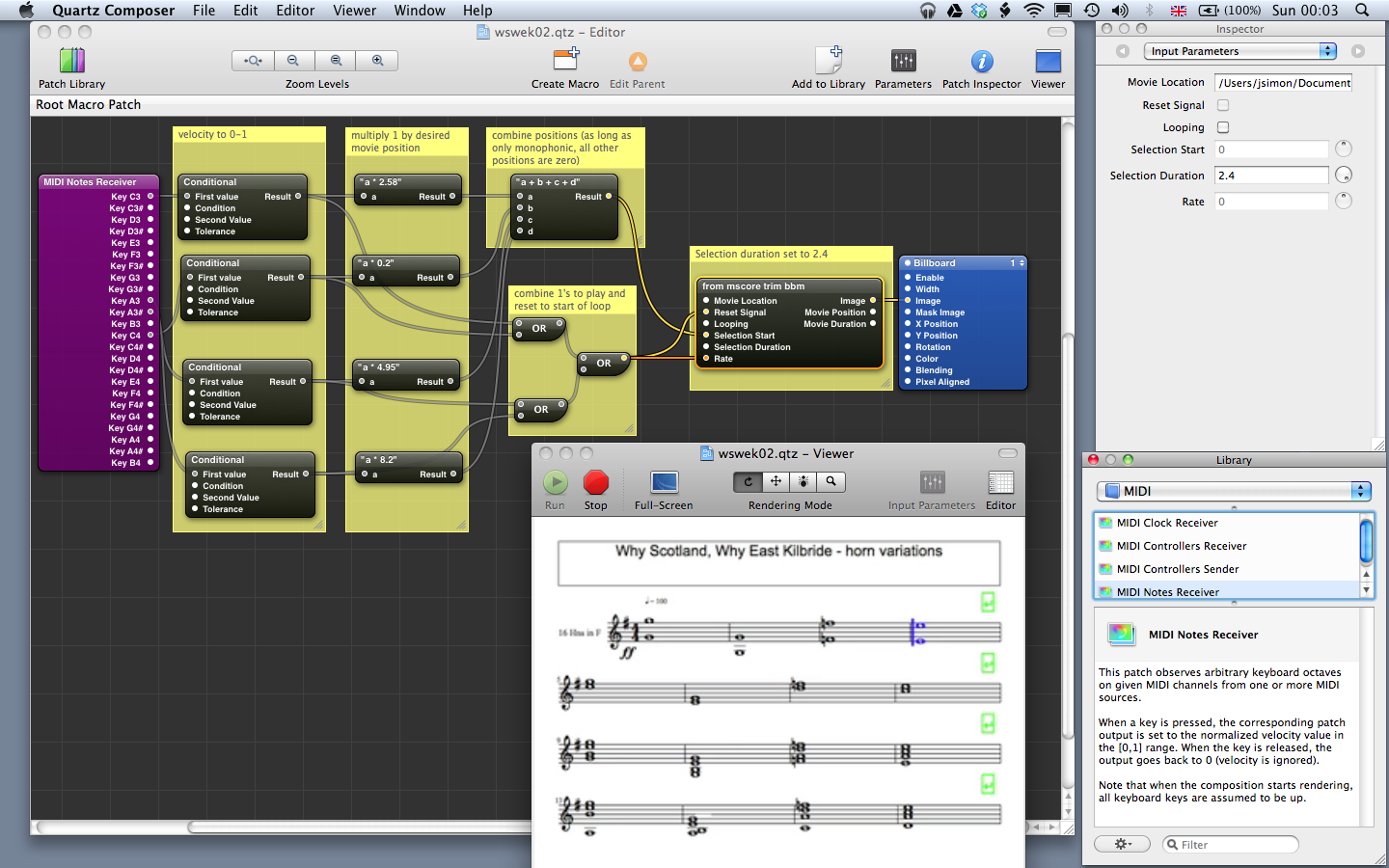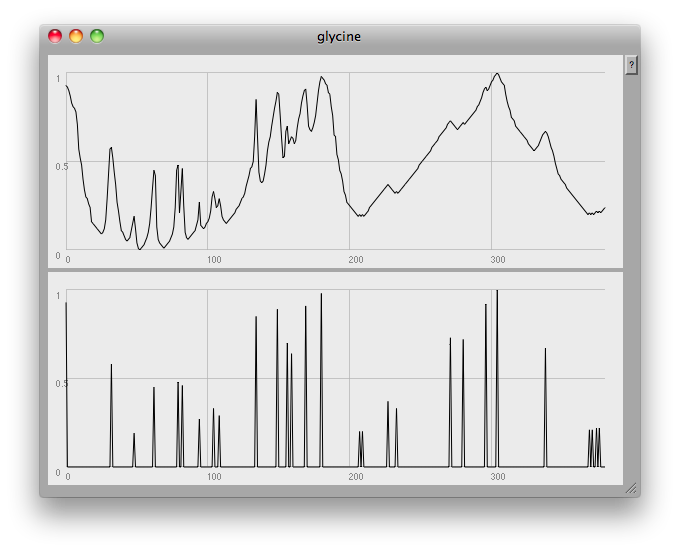Why Scotland, Why Strathclyde Uni?
A couple of interesting connections between the show and the University of Strathclyde. The first is – and I didn't spot this till the other day – it's actually mentioned in the original movie. At around 16 minutes, during the segment where Bruce and Mark visit the National Engineering Laboratory, there's this exchange:
NEL Employee: We've got about three hundred and forty engineering graduates and scientific workers here, so we can tackle all sorts of engineering problems. Bruce: Is there any basic research? NEL Employee: Well at the moment it's about twenty percent, I suppose, it used to be more but we're now tackling industrial problems. We have close links with Strathclyde which is one of business leading technical universities.
The other connection is of course Dr Steven Ford, who, as well as being one of my bassists, is going to be doing the live chemistry. Steve's day job is as a Research Fellow at Strathclyde's Cancer Research UK Formulation Unit. For the show, he's having fun trying to mock up some outdated (and dangerous!) liquid handling practices, as well as making some interesting chemical smells. As someone who nearly became a scientist myself – I started a BSc at Edinburgh – I'm delighted to be able to get this kind of work into the project.
(In fact, I almost went to Strathclyde myself… I remember going to their open day, and a lot of my friends ended up studying there. And of course, many, many years after that came the Invention Ensemble, which arose out of Strathclyde's wonderful BA in Applied Music course… )





